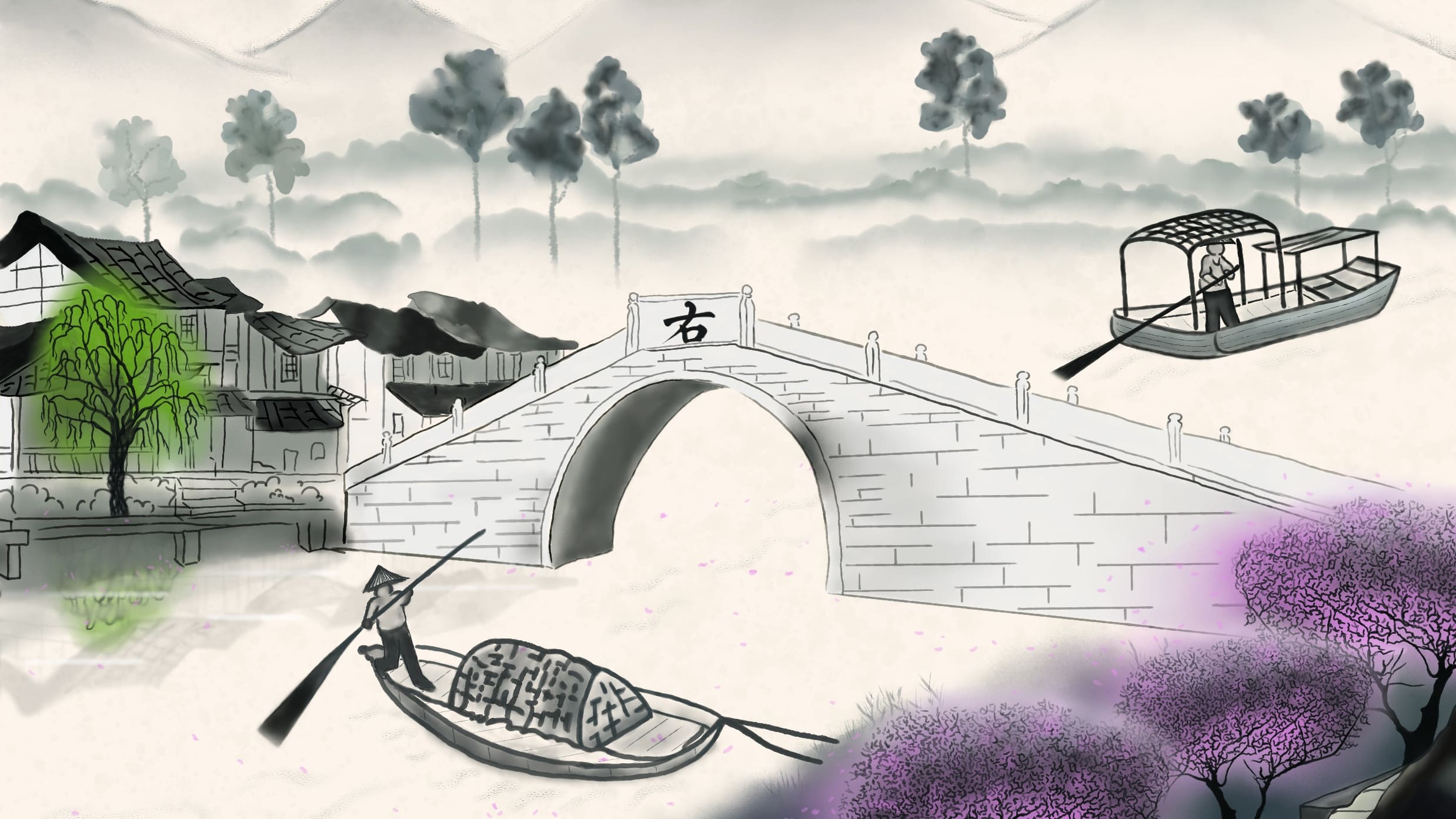Despite Drought, NC State Expert Anticipates Colorful Fall Foliage
The drought that plagued most of North Carolina earlier in the year should not have an adverse effect on fall foliage across the state this fall, according to a North Carolina State University expert.
Dr. Robert Bardon, associate professor of forestry and extension forestry specialist at NC State, says that North Carolina trees received enough rain at opportune times despite the drought, so there won’t be the same dulling impact on color as last fall.
“Our current weather conditions – warmer during the day and cooler at nighttime – create the most vibrant fall colors,” Bardon says. “However, continued rain is needed to ensure plenty of soil moisture, which provides trees with the energy needed to maintain their leaves for a longer period of time.”
During the spring and summer, leaves manufacture most of the food necessary for a tree’s growth. The food-making process occurs in cells that contain the pigment chlorophyll, which gives the leaves their green color. The leaves also contain other pigments that are masked most of the year by the greater amount of chlorophyll.
In the fall, partly because of the changes in the period of daylight and changes in temperature, the leaves stop their food-making process. As the chlorophyll breaks down, the green color disappears and yellow colors surface. Other chemical changes create additional pigments that vary from yellow to red to blue.
Some of the trees across the state have already begun the chlorophyll breakdown process. Even some dogwood trees in Raleigh have started to change colors, Bardon says.
Leaves at higher elevations in North Carolina, such as Mt. Mitchell, are the first to change, usually around the end of September or beginning of October, Bardon says. Then the trees in the lower elevations, moving south and east across the state, begin to change.
“Due to the diversity of landscapes and availability of state and local parks here in North Carolina, beautiful fall foliage is accessible to everyone,” says Dr. Stacy Tomas, assistant professor and tourism extension specialist in parks, recreation and tourism management. “The fall is a great time to get out and explore the countryside, enjoy active recreation and discover other rural tourism opportunities across the state.”
If you miss the mountains, it doesn’t mean you will miss the fall colors. Local parks and recreation areas across the state will have areas where you can go to see good color, adds Dr. Samantha Rozier, assistant professor and tourism extension specialist in parks, recreation and tourism management.
“With higher gas prices pinching people’s wallets, it’s important for everyone to know they don’t have to miss out on the opportunity to enjoy the beautiful fall season,” Bardon says. “Even those on the coast won’t have to travel far to see colorful fall leaves.”


